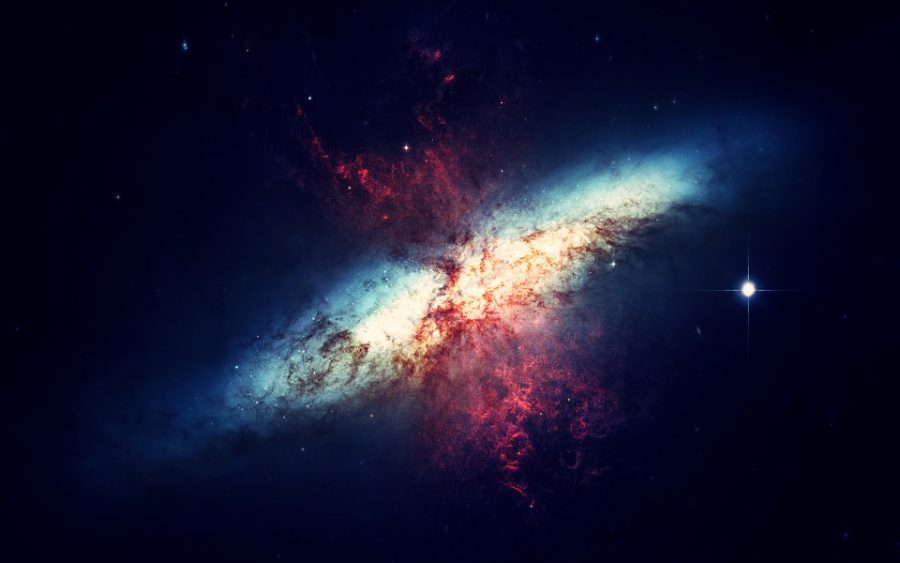The Process that Gave Us the Famous Black Hole Picture
May 2, 2019
It is true, we have now been able to see a black hole. This is something that was thought unthinkable just a few years ago, but on April 10th, scientists published the ever recorded picture ever of a black hole. It is located at the center of Messier 87, a massive galaxy 53.5 million light years from earth. How this photo was taken is possibly one of the most amazing parts of this discovery.
A group of scientists manned six different telescopes on a five day stretch in 2017. These were located in Hawaii, Arizona, Mexico, Spain, Chile and the South Pole. They were linked together to take clear enough pictures as if they were using a telescope the size of earth. This was called the Event Horizon Telescope Array. It was so detailed that it could take a picture of a grapefruit on the moon. The problem was that even though they had the detail of a telescope the size of earth, pictures were only coming from five points on the entire earth because there were only five small telescopes. They could not get very many angles of the black hole. If there was a telescope the size of earth, it would combine pictures from every angle possible and this would form a complete picture. The problem was that with only five telescopes, there were not pictures from every angle but from five. A good analogy is that the earth is a disco ball. A telescope the size of earth would get an image from each face of the ball, getting every angle of the black hole and combining them to form a complete picture. But since in reality there were only six telescopes, only six faces of the ball produced images of the black hole. This means that there were many holes in the combined image. This is where the algorithm created by Katie Bauman came in. Since all of the telescopes took images that were time stamped down to an atomic clock, and since the earth spins constantly, it took these images from when the telescopes faced the black hole at different angles. It then combined them to fill in the holes where there was no data, all based on the time the images were taken at. This produced the final image. In all, the algorithm sorted five petabytes of data, the equivalent of the storage capacity of ten thousand laptops. It was so much that it could not be sent to the headquarters at MIT on the Internet, but rather they had to deliver 1,024 full hard drives of data in person to the supercomputer. Three separate teams used the same algorithm and came up with the same result, the black hole image that has now become famous.



Michael Stottlemeyer • May 2, 2019 at 12:49 pm
Where is the picture of the Black Hole?